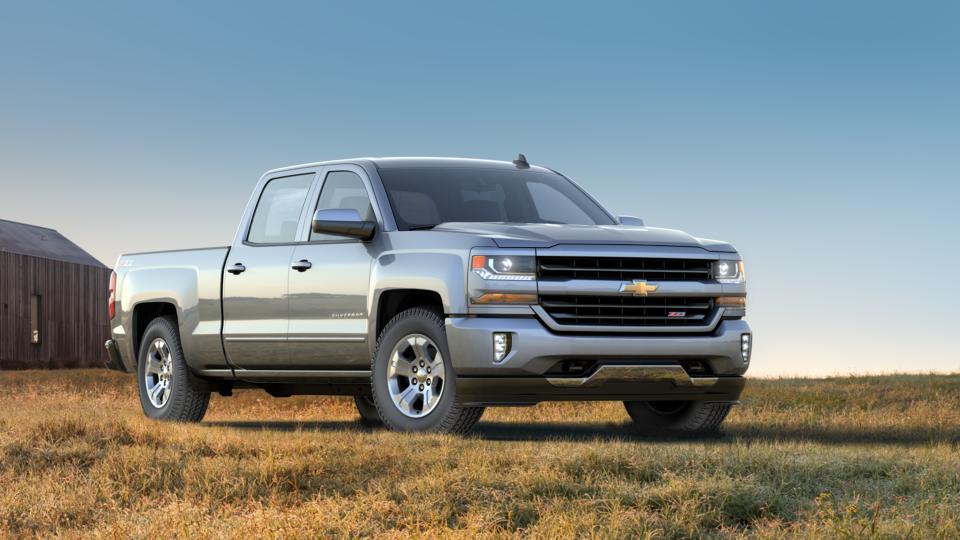
Find a driving lane where you're comfortable and stay there. Again, use caution on bridges and overpasses even if the roadway looks clear.

If black ice is present, however, the roadway may be darker is some spots and lighter in others. Since black ice is transparent and thin, it can be very difficult to see. If you don't see water spray, the precipitation could be freezing on the roadway. If you see a lot of water spraying off the tires, the road surface is still wet.

When the temperature is hovering around freezing and another vehicle is passing me, I look at the passing motorist's tires. Because I'm a cautious driver, other cars will frequently pass me when driving conditions are poor. Lastly, pay attention to the temperature display in your car it's another way to figure out what Mother Nature is doing. Remember to be especially cautious on bridges and overpasses. If you're driving in an area where the temperature is hovering around freezing and precipitation is expected, be on the lookout for icy conditions and slow down. Pay attention to your local weather forecast.If you're out on the roadways during a wintery mix, here are some tips to keep you safe. When the precipitation hits the roadway that's colder than 32 degrees, it causes ice to form, creating hazardous driving conditions.īecause black ice is thin and transparent, it's very difficult to see when driving. It forms when the temperature hovers around 32 degrees Fahrenheit and we get rain, freezing rain, or sleet. The problem with temps that hover around the freezing mark is that it creates fog, freezing fog, and black ice which are a few of the dangers faced by motorists.īlack ice is a thin sheet of ice commonly found on bridges, overpasses, and shaded roadways. Just when we think we're in for the deep freeze, a few days go by and the temperatures go back above freezing. Mother Nature has thrown a variety of different winter conditions at us this year, including warm/cold temperatures, snow, rain, and wintery mix.


 0 kommentar(er)
0 kommentar(er)
